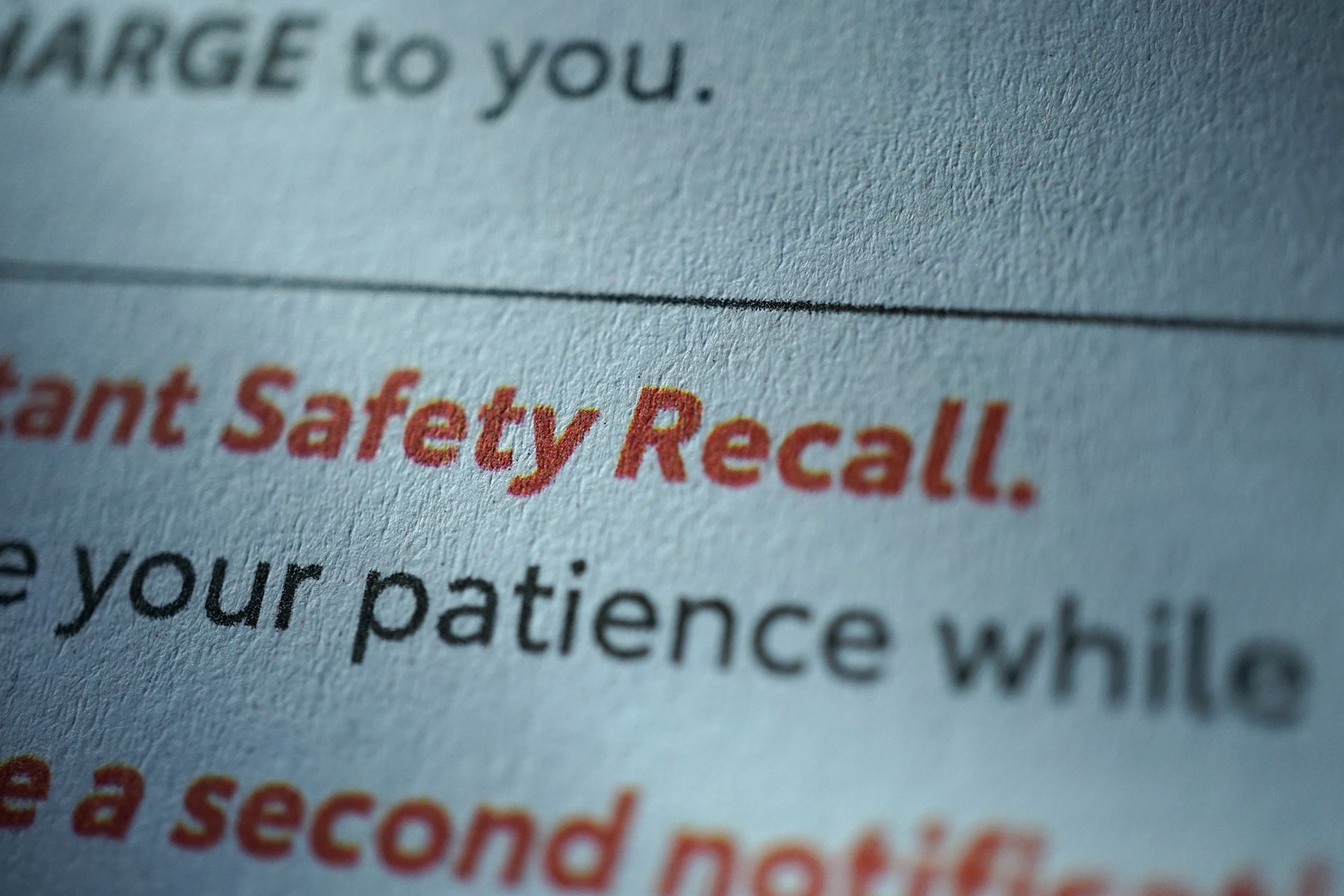According to McKinsey & Company, a ten-year period of supply chain disruptions could cost medical device companies as much as 38% of one year’s earnings. And although some disruptions are unforeseen, businesses do what they can to ensure they’re maintaining supplier quality.
The ability to effectively manage a growing, complex, global supply chain can be daunting, especially in markets where regulations are strict, standards and consumer behaviors are ever-changing, and margins of error are small.
Lack of visibility and control of suppliers means increases in non-conformities and supplier events that can reduce product quality, increase customer complaints, and the risk of unknown raw material and process changes.
Fortunately, we’ve compiled a list of the top five best practices from leading medical device companies to help you foster strong relationships with your suppliers, address quality issues efficiently, and keep the supply chain running smoothly.
1. Promote Transparency with Open Communication
Many companies lack a centralized platform for supplier communication, and the relationship suffers. There is little real-time visibility into supplier activities, and messages may be scattered throughout multiple team members’ email inboxes. Collaboration is stilted, and pulling reports requires tedious manual labor.
When you work with suppliers, keep an open channel for communication that flows both ways so that suppliers can let you know product information and updates, and you can set expectations and provide feedback. Open communication builds trust and leads to long-lasting, mutually beneficial business relationships.
Supplier communication is simple and streamlined with eQMS software like ETQ Reliance. ETQ Reliance’s Document Control feature facilitates communication and collaboration by providing a centralized platform for creating, viewing, editing, and sharing relevant documents.
Kimberly-Clark, a major manufacturer of medical supplies and personal care products, has a centralized hub for supplier profiles, corrective action, and other internal information. They provide a secure way for suppliers to view contracts and assignments — but not internal info. By eliminating unnecessary software, manual work, and business risk, the supplier contract management project saw a stunning 3,200% ROI.
2. Intelligently Assess and Mitigate Risks
Many risks can pop up in a global supply chain, including shipping delays, product defects, and other unforeseen issues. A keen ability to assess and mitigate risk is a major factor contributing to your company’s success or failure. Manual risk assessment is time-consuming and inefficient. Gathering the requisite data effectively is challenging, and there are many opportunities for error and inaccuracy.
Utilizing an automated QMS with risk assessment capabilities can help you organize all the potential risks associated with a supplier in a centralized repository accessible to all necessary stakeholders. Create a supplier scorecard to see which suppliers are high-risk and which are more reliable, and in turn, make faster, data-driven decisions.
3. Have a Single Source of Truth
Maintaining a single source of truth for quality and supply chain data can be challenging, especially for enterprises with many employees distributed across various departments and locations. The regulatory landscape for international companies is highly complex, as each country has its own set of laws and regulations.
The concept of a single source of truth relates to fostering consistency and unity across an organization. Centralized tools and systems enable all employees to make decisions based on the same data while preventing confusion when multiple versions of the same resource are circulating in the organization.
Global pharmaceutical company Huvepharma invested in an EQMS to standardize quality processes across Bulgaria, Italy, France, and the United States manufacturing sites. With a single source of truth, Huvepharma can adhere to manufacturing standards set by governing bodies across the globe, including the USDA, US FDA, and EU GMP. They used the same system to digitize paper documents. Policies, templates, and reports, once stored in filing cabinets worldwide, are now accessible from any location.
4. Use Root Cause Analysis to Find Solutions
Occasional quality issues are unavoidable, even with your best suppliers. When problems occur, quality professionals use root cause analysis to keep one slip-up from becoming a systematic problem. But root cause analysis can be long and tedious, especially when the issue is with a supplier and not one of your own facilities.
Automating Corrective Action (CAPA) functions can help you navigate supplier quality issues efficiently and promptly. Real-time dashboards can display all the information you need in one place, and you can even collaborate directly with your suppliers to create corrective action plans and stay on track.
For further root cause analysis tools, check out our Root Cause Analysis toolkit.
5. Leverage Technology to Future-Proof Supplier Quality Efforts
According to Pew Research, 55% of U.S. workers whose jobs can mainly be done remotely work from home all or most of the time. With the rise of remote work comes the need to equip distributed teams with the tools they need to succeed no matter where they are.
And facilitating remote work is just the tip of the iceberg. Companies are leveraging emerging technology to streamline all areas of business. For example, data analytics and reporting drive decision-making and help leaders focus on what matters most, and automation enhances manufacturing efficiency, reduces errors, and decreases operational costs.
With a cloud-based software solution like ETQ Reliance, quality professionals can monitor dashboards and collaborate with colleagues and suppliers across borders and time zones. A cloud-based QMS software also reduces the time and cost burdens of maintenance and infrastructure compared to legacy software installed on local servers.
ETQ Reliance: A Cure for Supplier Quality Management Ills
Your relationships with suppliers form the foundation of your manufacturing operation. Cultivating supplier relationships through communication, trust, and transparency means fewer problems and a clear path to resolution when issues do pop up.
When it comes to supplier quality management, you don’t have to go it alone. ETQ is a flexible and customizable software for your company’s unique needs and business goals. It’s also scalable and powerful— healthcare giant Johnson & Johnson uses ETQ Reliance to manage over 46,000 suppliers worldwide.
Ready to experience an elevated approach to supplier management? Consult with a quality expert today. We would love to show you how a QMS can enhance your supply chain management and benefit your bottom line.


